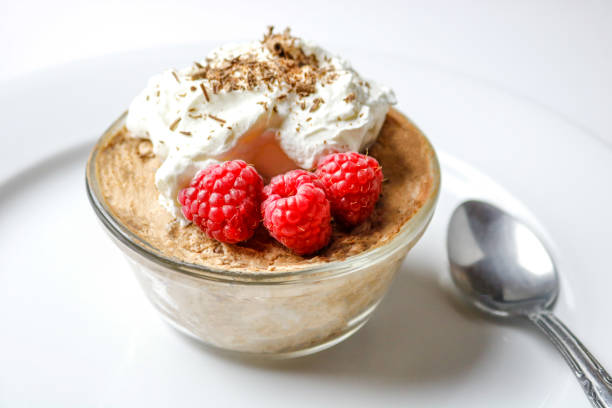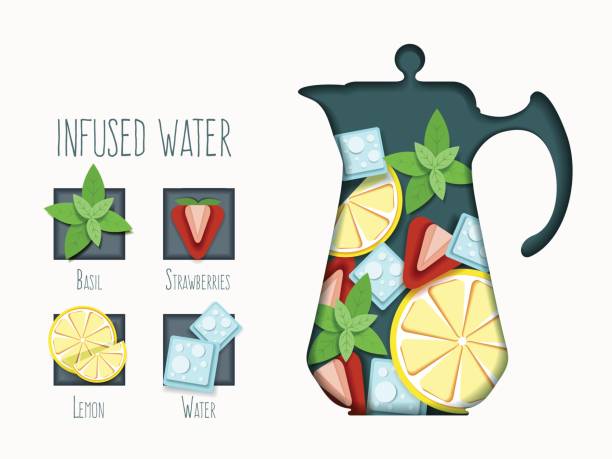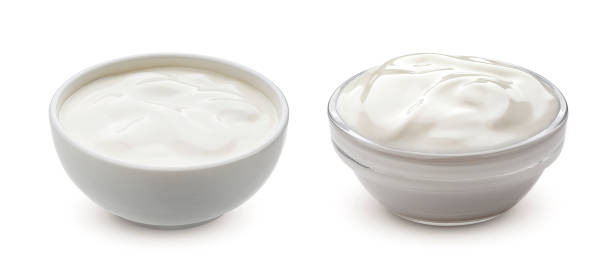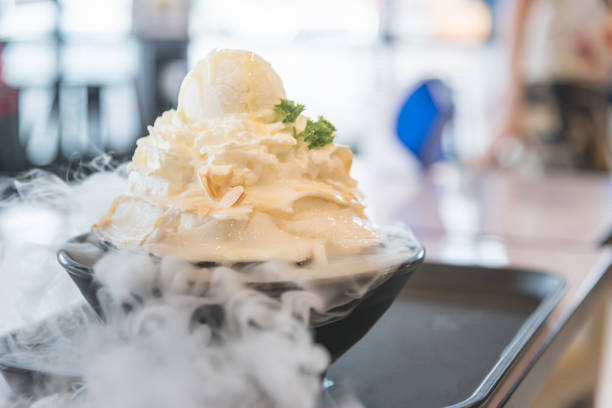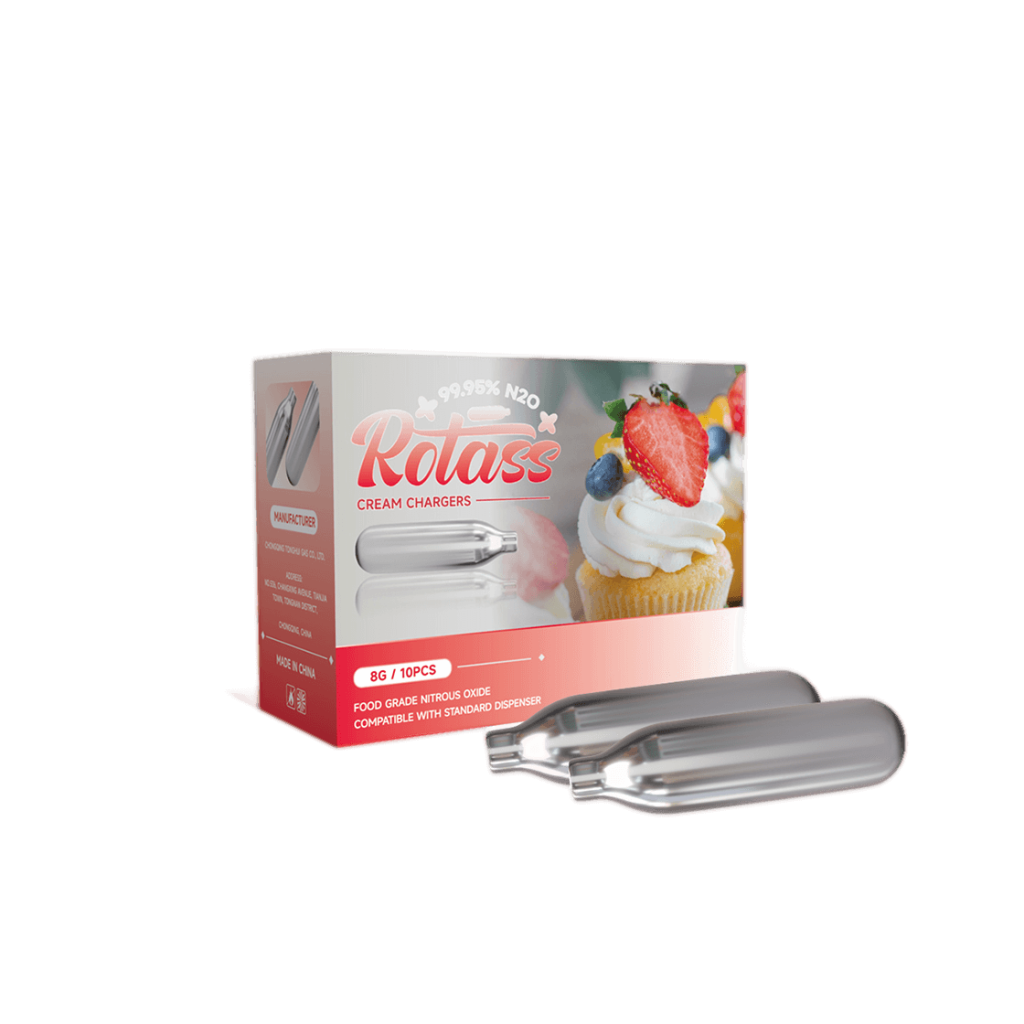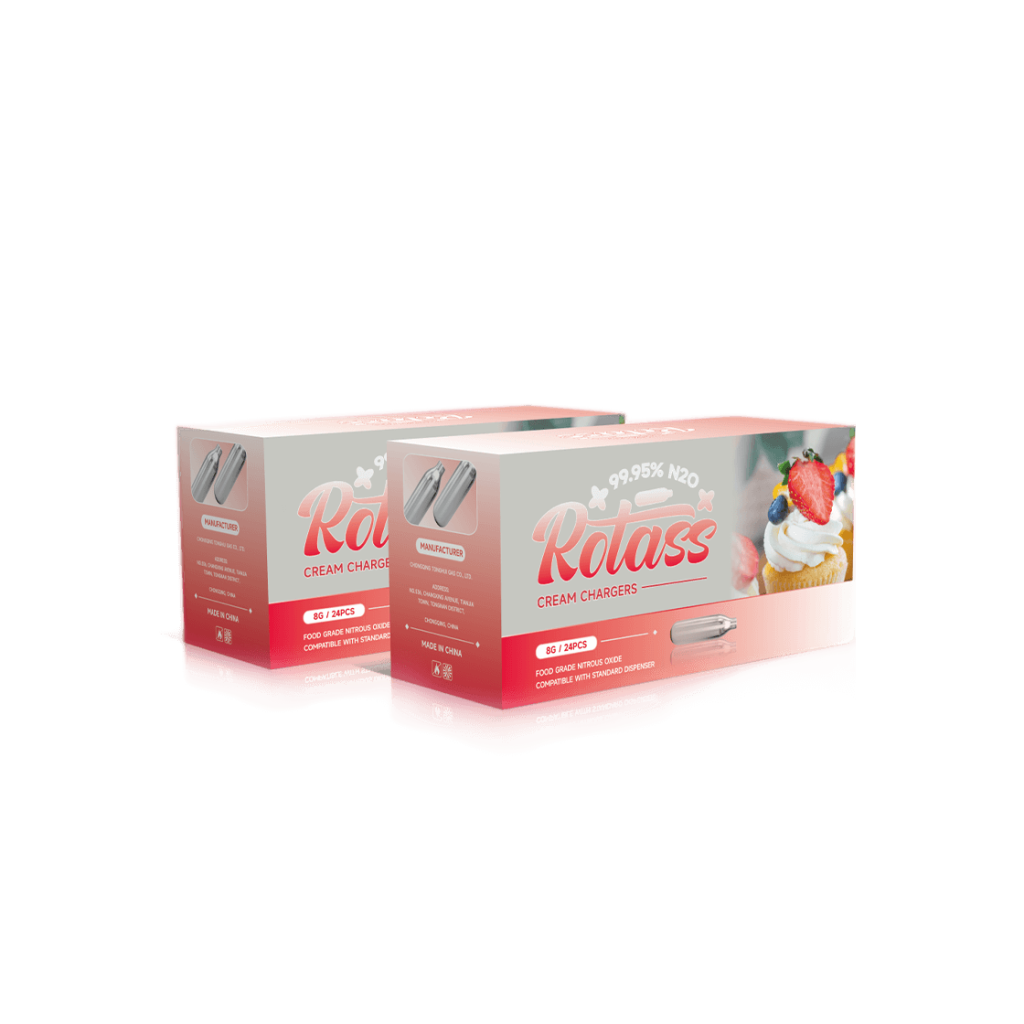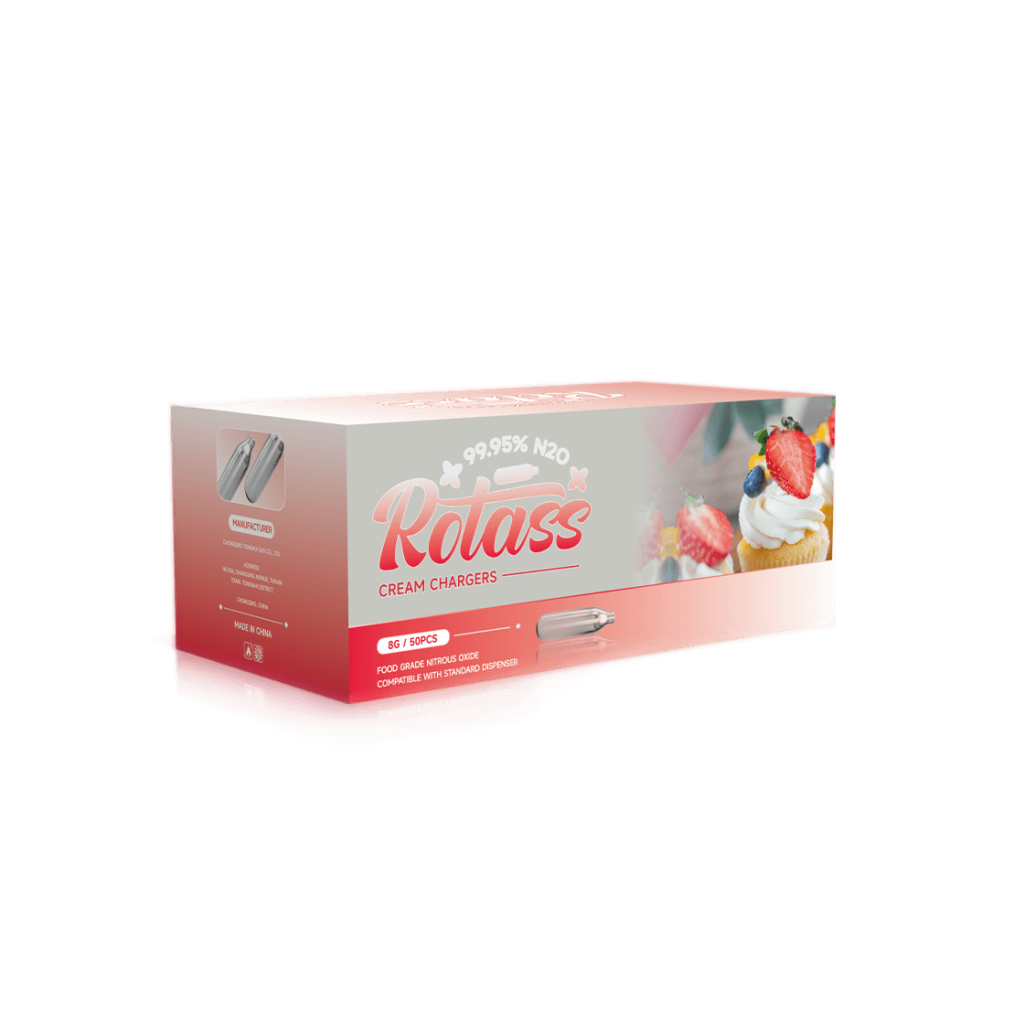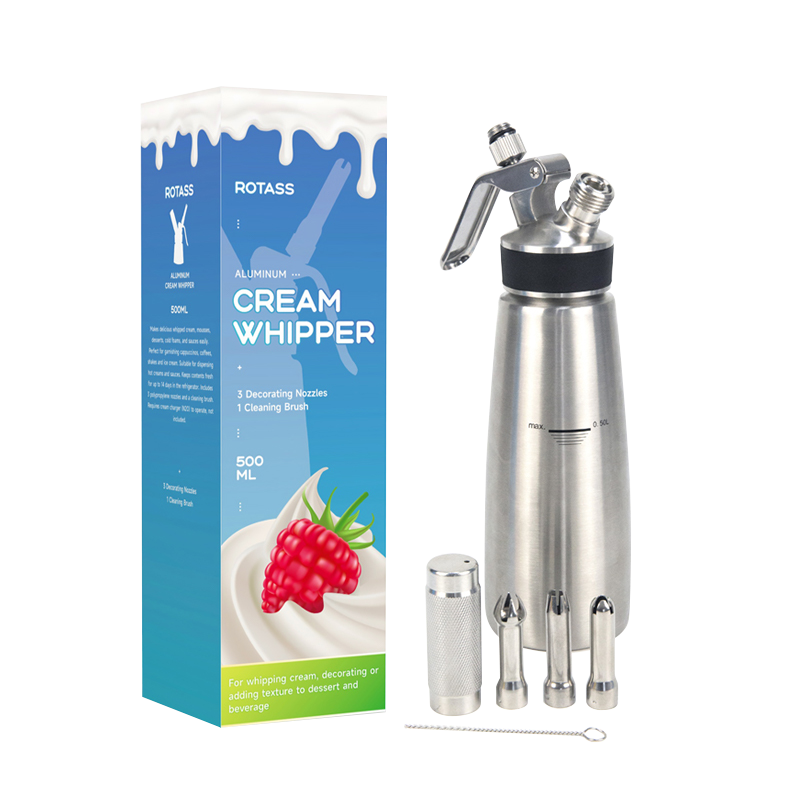2024 / 11 / 14
How to Create Carbonated Water at Home?
Contents
Carbonated water, also known as sparkling water or seltzer, has become incredibly popular as a refreshing, healthier alternative to sugary sodas. As more people seek out calorie-free and sugar-free beverages, the appeal of carbonated water has surged. With a simple CO2 carbonator, a carbon dioxide cylinder, and a few other essentials, you can easily create carbonated water at home, saving money and reducing waste.
This article explains the science behind carbonation, the equipment required, and step-by-step instructions on making carbonated water. Whether you’re a fan of fizzy water or want a versatile base for flavored drinks, let’s explore how you can master the art of carbonation.
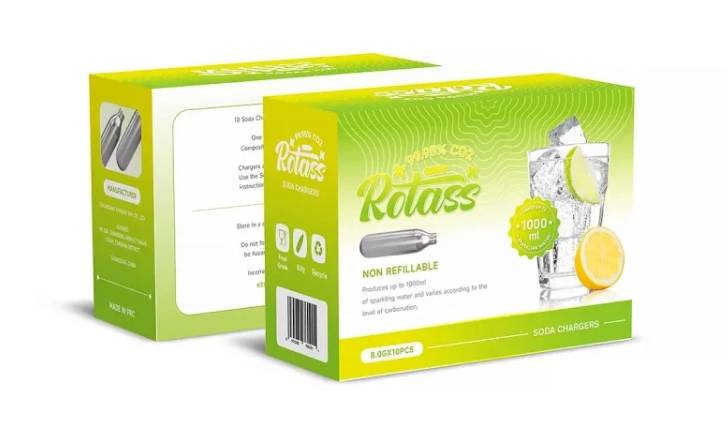
Understanding the Science of Carbonation
Carbonated water is produced through a method known as carbonation, in which carbon dioxide (CO2) gas is dissolved in still water under pressure. As the gas dissolves, it reacts with the water to form a small quantity of carbonic acid, which imparts both the iconic bubbles and a mild, pleasant sharpness. Because of this straightforward chemical change, ordinary H2O becomes a crisp, effervescent beverage. Successful control of the drinks fizziness therefore hinges on knowing the variables that influence carbonation:
- Pressure: The higher the pressure, the more CO2 can dissolve in the water, leading to a higher carbonation level. A CO2 carbonator pressurizes the water, helping to infuse CO2 efficiently.
- Temperature: Cold water holds more dissolved CO2 than warm water, which is why using chilled water is essential for creating a highly carbonated beverage.
- CO2 Concentration: The concentration of CO2 in your gas source affects the level of carbonation. Using a high-quality carbon dioxide cylinder ensures that your water will reach the desired fizz level.
With these scientific principles in mind, let’s look at the essential equipment needed to carbonate water at home.
Essential Equipment for Home Carbonation
To create carbonated water at home, you’ll need a few specific tools:
- CO2 Carbonator: At the center of any home carbonation setup sits the CO2 carbonator. This small unit pressurizes water so that carbon dioxide, under force, gradually dissolves and creates bubbles. Carbonators appear in several formats, from sturdy countertop devices that remain fixed to portable units that users can carry anywhere. Serious hobbyists often choose the former for greater stability and increased fizzing power, yet many casual drinkers appreciate the freedom that portable models provide.
- CO2 Cylinder: A carbon-dioxide cylinder stores gas under high pressure, and that gas is the primary element that creates bubbles in carbonated drinks. Selecting the appropriate cylinder turns on how regularly you intend to carbonate water and how intense the sparkle you prefer. Cylinders are available in various capacities, from small cartridges designed for home soda makers to much larger tanks that support heavy or commercial use. If youre just starting your carbonation journey, its wise to purchase a standard-sized cylinder and later upgrade or downsize as your needs clarify.
- Carbonated Water Maker: A home carbonation appliance, commonly referred to as a sparkling-water maker, is a compact device engineered for everyday ease of use. Most models are supplied with a refillable bottle and a small CO2 cylinder, so the initial setup involves almost no fuss. Brands such as SodaStream illustrate this trend, offering dependable, space-saving machines that appeal to casual and regular users alike. Because the bottle is reused, the system cuts down on single-use plastic, giving customers an environmentally sensible option.

Setting Up Your Carbonation System
Setting up your carbonation system requires a few careful steps to ensure safety and efficiency.
1. Choosing the Right CO2 Cylinder
The first step is to select a CO2 cylinder that works with your chosen carbonator. Compatibility is key: some carbonators only accept specific cylinder brands or sizes, while others are more versatile. Consider the cylinder’s size, capacity, and regulator type. It’s a good idea to start with a smaller cylinder if you’re a beginner, then move up to a larger one if you plan on frequent carbonation.
2. Connecting the CO2 Cylinder
Follow the manufacturers step-by-step guide to connect the CO2 cylinder to the carbonator. Ensure the joint is tight; loose fittings waste gas and weaken carbonation. Most units feature a quick-connect mechanism that allows you to attach or remove cylinders in seconds.
3. Preparing the Water
For superior carbonation, start with filtered or spring water; standard tap water sometimes carries impurities that may upset the final flavor. Use cold water, since it dissolves more CO2 and creates a livelier bubble. Chill the water in the refrigerator before carbonating for the best effect.
Primary Methods of Carbnating Water
Once you’ve set up your carbonation system, there are two main methods to carbonate water at home: direct carbonation and indirect carbonation.
1. Direct Carbonation
Direct carbonation is the most popular and efficient method, especially when using a CO2 carbonator or soda maker.
Using a Carbonation Machine
- Fill the carbonating bottle with cold water, leaving some space at the top to allow for gas expansion.
- Attach the bottle to the carbonation machine and select the desired pressure level.
- Inject CO2 gas into the water. Most machines allow you to adjust the carbonation level based on personal preference.
- Once the water is carbonated, remove the bottle and store it in the refrigerator to preserve the fizz.
Using a Soda Maker
- Insert a CO2 cartridge into the soda maker.
- Fill the reusable bottle with cold water and screw it onto the soda maker.
- Press the carbonation button to release CO2 gas into the water.
- Gently shake the bottle to distribute CO2 evenly. Store the bottle in the fridge.
2. Indirect Carbonation
This method involves adding a carbonation agent, like carbonation drops or tablets, to water. Indirect carbonation is less intense and may result in a milder fizz.
Using Carbonation Drops or Tablets
- Drop the carbonation tablet into a glass of cold water.
- Stir gently to dissolve the tablet and release CO2 gas.
- Enjoy the mild carbonation. This method is often used for portability, but it’s less effective for creating intense fizziness.
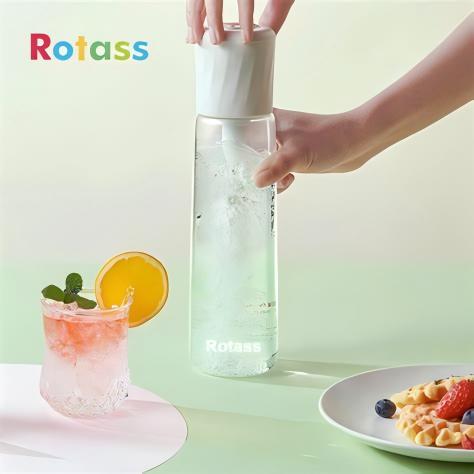
Tips for Optimal Carbonation
Mastering carbonation can take a little practice. Here are some tips to help you achieve the perfect fizz every time:
Achieving Desired Carbonation: Try different carbonation levels to find your ideal taste. Higher pressure and longer carbonation times produce a fizzier drink. Most carbonation machines let you control the carbonation level for customization.
Storing Carbonated Water: Keep your carbonated water in a cool, dark place to maintain its fizz. Refrigeration is ideal for storage, as cold temperatures slow down the release of CO2. Use tightly sealed bottles to preserve carbonation for as long as possible.
Troubleshooting Common Issues:
- Leaks: If you notice gas leaking, check all connections. Tighten any loose parts and replace gaskets or seals if needed.
- Low Carbonation: Low fizz can be caused by an empty CO2 cylinder, incorrect regulator settings, or warm water. Make sure your cylinder is full, the water is cold, and the regulator is set to a high enough pressure.
- Off-Flavors: If your water tastes off, consider using filtered water, and clean your equipment regularly. Impurities in water or residue in the carbonator can impact the taste.
Experimenting with Flavors
One of the best things about carbonated water is its versatility. You can add a variety of natural flavors to your homemade sparkling water to create a personalized beverage. Some popular flavoring options include:
- Citrus Slices: Lemon, lime, and orange slices add a zesty flavor to carbonated water.
- Herbs: Mint, basil, and rosemary add a refreshing and unique twist.
- Fruits: Add berries, cucumber slices, or melon for a sweet, natural flavor.
Adding fresh ingredients lets you enjoy naturally flavored, calorie-free drinks without any added sugars or artificial flavors.
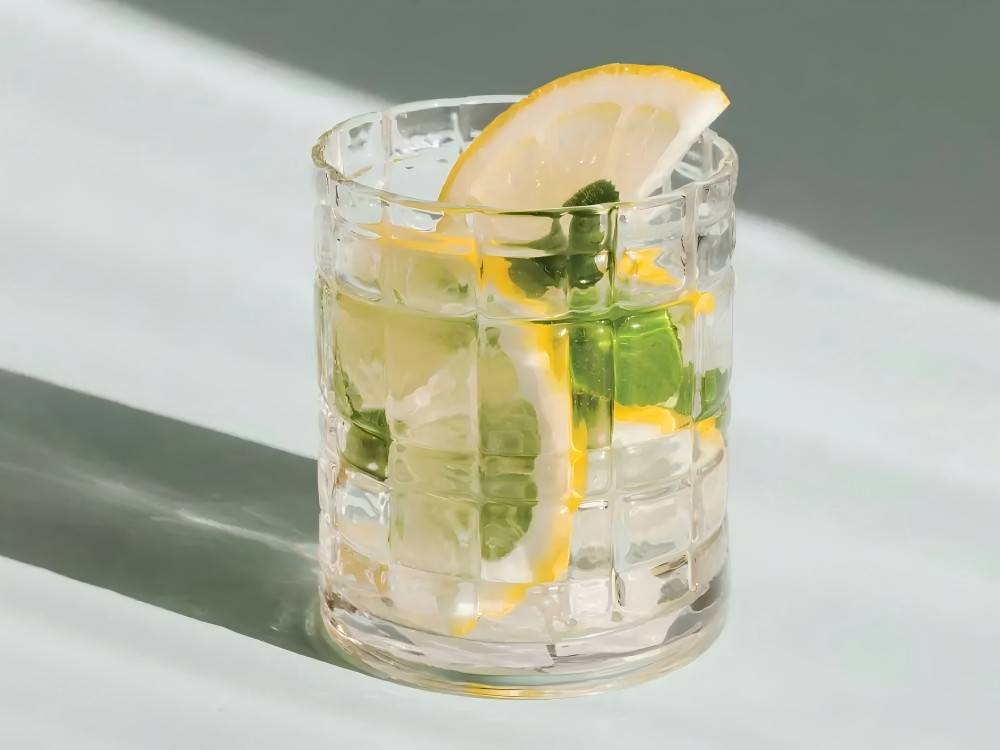
Final Thoughts
Turning plain tap water into sparkling bubbly at home gives you a guilt-free, refreshing drink that’s free from the sugars and fake flavors you find in store-bought sodas. Once you grasp the basics of carbonation and follow the simple steps in this guide, crafting a fizzy drink perfectly tuned to your taste becomes almost automatic. So whether you’ve already brewed beer in the garage or you’ve just bought a soda maker on a whim, the fun world of home carbonation is ready for you to explore.

